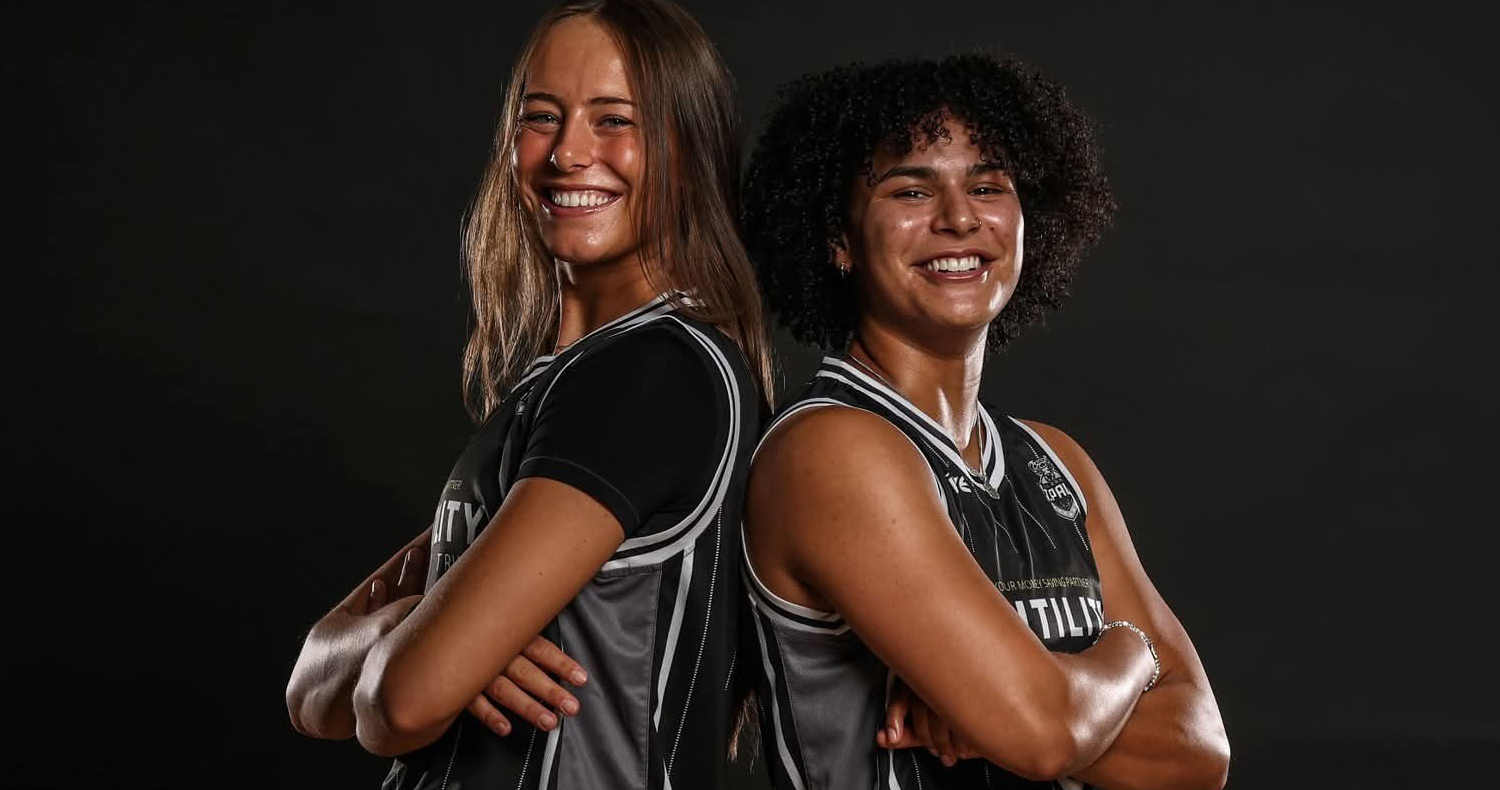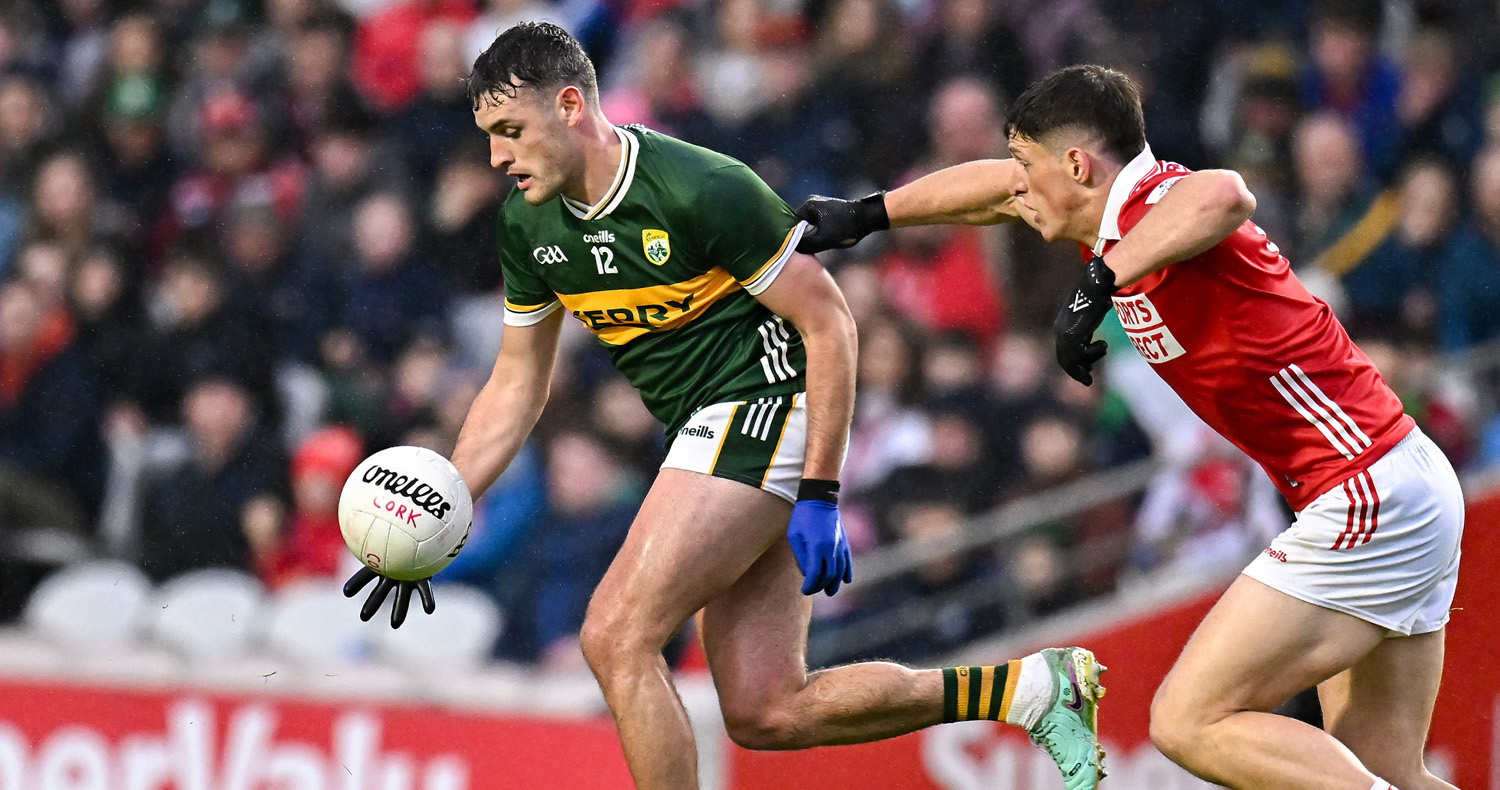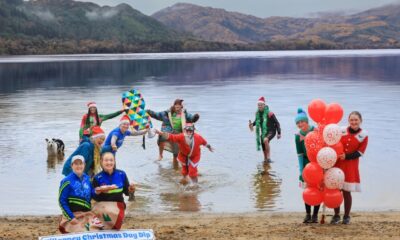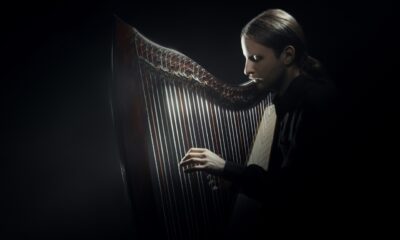Sport
Let’s get behind our Paralympic stars

Eamonn Fitzgerald previews the 2024 Paralympic Games, which get underway in Paris this week
The 2024 Olympics in Paris shone brightly for the Irish team of 134 athletes participating across various sports. All were Olympians and that is memorable when you think of the personal sacrifices involved in reaching Olympic qualification standards. Ireland performed admirably, securing seven medals (four gold and three bronze).
So that’s it for another four years, the Olympics are all over.
Not so. The Paralympics began on Wednesday in Paris and will continue until September 28. While the memories of the able-bodied Irish athletes continue, let’s not forget the Irish team competing in Paris over the next week or so, those athletes who have had to overcome huge disadvantages not just in sport but in their adopted and adapted lives.
4,000 athletes from 160 countries will be bidding for 549 medals across 22 events. Let us get behind those wearing the Irish singlets and cheer them all on. Winning a medal of any colour will be a bonus. In truth, they are all winners. Team Ireland abú.
TALENT
The Paralympics have grown to become one of the world's largest and most celebrated sporting events, showcasing the resilience, determination, and talent of athletes with disabilities.
The 2024 Paralympics will be hosted in Paris, marking the first time the French capital has held the event. Paris previously hosted the Olympics in 1900 and 1924, but this will be the first Paralympics held there. The city has made significant efforts to ensure that the 2024 Games are inclusive, accessible, and inspiring for both athletes and spectators alike. The venues for the games will be spread across the city. By the time you get to read this column, the opening ceremony will have taken place on the splendid Champs-Élysées and Place de la Concorde, creating a truly unique and memorable start to the event.
The Paris Paralympics will also be historic in its commitment to sustainability and environmental responsibility. The organisers have pledged to reduce the carbon footprint of the Games by 50% compared to previous editions, with a focus on using existing venues and infrastructure. Additionally, the Paris Games will see a significant emphasis on gender equality with equal numbers of male and female athletes participating, and a balanced number of events for men and women.
IRELAND’S HISTORY
Ireland has a proud history in the Paralympics, dating back to the inaugural Games in Rome in 1960, when the nation won its first medals. Since then, Irish athletes have consistently performed well, winning a total of 123 medals, including 31 golds. Ireland's success has spanned multiple sports with particularly strong performances in athletics, swimming, and cycling.
One of the stars of Irish Paralympic history is swimmer Darragh McDonald who won gold in the 400m freestyle at the 2012 London Games and silver in the same event at Beijing 2008. Another standout athlete is Jason Smyth, often referred to as the fastest Paralympian on the planet. Smyth, who is visually impaired, dominated the T13 sprints throughout his career, winning gold in both the 100m and 200m at every Paralympics since 2008. His consistency and speed made him a household name, not just in Ireland, but globally.
Ireland’s achievements in cycling are also notable with athletes like Mark Rohan, who won two gold medals in hand cycling at the 2012 London Paralympics, and Katie-George Dunlevy, who, alongside her pilot Eve McCrystal, secured two golds and a silver at the 2016 Rio Paralympics.
AMHRÁN NA BHFIANN
There is a sense of optimism and excitement surrounding this Irish team. The nation will be represented by a mix of seasoned Paralympians and promising newcomers, all of whom are eager to leave their mark on the global stage. Won’t it be special if we hear Amhrán na bhFiann as the tricolour rises to mark a golden moment?
A standout Irish athlete is Nicole Turner, a swimmer who made her Paralympic debut at the age of 14 in Rio 2016. Turner, who has a condition called hypochondroplasia, competes in the S6 classification and has already secured a silver medal at the 2020 Tokyo Paralympics in the 50m butterfly. Turner’s dedication and drive have seen her improve consistently, and she will be aiming for gold in Paris.
In cycling, Katie-George Dunlevy and her pilot Eve McCrystal are returning as one of Ireland's strongest medal contenders. The duo has a proven track record, having won multiple medals across the last two Paralympics. Dunlevy, who is visually impaired, has found incredible success with McCrystal, a former national cycling champion, as her pilot. Their synchronization, trust and teamwork have been key to their success, and they will be aiming to replicate their past performances in Paris. Think about what they have to overcome - so much more than the thousands heading up to Coomakista in the annual Ring of Kerry Charity Cycle.
Wheelchair racer Patrick Monahan is another athlete to watch. Monahan competes in the T53 category and has represented Ireland in marathons around the world, including the Paralympics. His endurance and strategic racing have earned him a place among the world’s best, and he will be looking to make a significant impact in Paris.
RISING STARS
While the veterans bring experience, the 2024 team will also feature several newcomers who have shown great promise in their respective sports. Look out for some new stars in the making. Shot-putter Mary Fitzgerald competes in the F40 classification. She has been steadily improving her performance on the international stage and is seen as a strong contender for a medal in Paris. No relation to this writer, by the way.
Another rising star is Róisín Ní Ríain, a visually impaired swimmer who competed in her first Paralympics in Tokyo at just 16 years of age. Róisín delivered impressive performances, reaching multiple finals, and she will be looking to build on that experience in Paris.
The road to Paris 2024 has been marked by intense preparation and challenges. The COVID-19 pandemic disrupted the usual training routines and qualification events, but Irish athletes have adapted remarkably well. The Paralympic Federation of Ireland has provided support through virtual training sessions and mental health resources, and by ensuring that athletes have access to the necessary facilities and equipment.
Funding has always been a critical issue for Paralympic sports, and the Irish government, along with various sponsors, have stepped up to provide increased financial support for the athletes' preparations. This funding is crucial for training camps, international competitions and the development of young athletes who are the future of Irish Paralympic sports.
The Paralympics are more than just a sporting event; they are a powerful platform for raising awareness about disability, promoting inclusion and challenging perceptions. The success of Irish Paralympians has had a profound impact on society, inspiring countless individuals and highlighting the importance of accessibility and equal opportunities in sports. In Ireland, Paralympians are celebrated not just for their athletic achievements, but for their role in advancing the conversation around disability rights and inclusion. Their stories of overcoming adversity resonate with people from all walks of life, and their successes on the global stage bring immense pride to the nation.
The journey to Paris has been challenging but the Irish Paralympians are ready to take on the world, aiming to bring home medals and inspire a new generation of athletes. The local Kerry Stars may yet produce some Paralympians and earlier this week I was delighted to meet someone closely involved in the new shared facility at Ballydribbeen. Hats off to the many helpers and coaches who have developed the sporting pursuits of so many Kerry Stars athletes over many years.
JORDAN LEE
Spare a thought for the great Jordan Lee from Killarney Valley Athletics Club whom we have seen clearing the high jump with consummate ease at the athletics facility near St Brendan’s College on the New Road.
In his teens, he was the first one-handed player in the world to represent his country when he played for Ireland at the age 15.
He switched to the high jump and is coached by Tomás Griffin (Bishop Moynihan Crescent), himself a notable former sprinter and long jumper. Jordan competed in an Irish athletics vest in 2017 after just four months of training for the high jump and, within a year, he had won a bronze medal at the 2018 European Championships.
His personal best of 1.95m dates from the Irish National Championships (able-bodied) in 2019 and the European record in his event was 1.97m so he is not far off it. He is also one of very few Para Athletes to have won a National Championship in able-bodied competition.
He was the flag-bearer leading Team Ireland out into the Olympic Stadium in Tokyo and he had high hopes for Paris, but injury, the bugbear of all sportspeople, left him with no choice but to pull out of the games in Paris.
Typical of the man, he says he will bounce back for the next Paralympics in four years’ time. Now that is heroism at its best in the true Olympic spirit. Similarly, our Irish Team will focus on ability over disability.
Let’s get behind these stars - and they are all stars. Let’s hope RTÉ will provide decent coverage. The athletes deserve it, and so do we.










